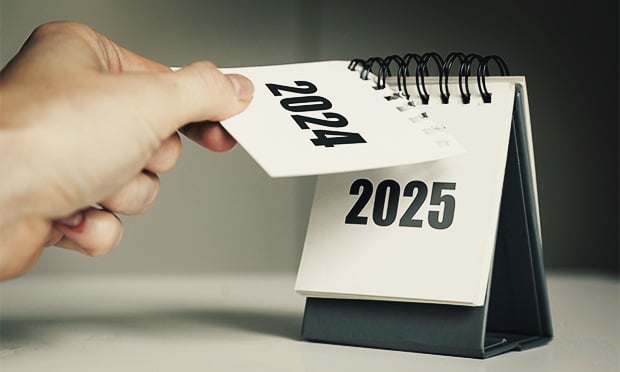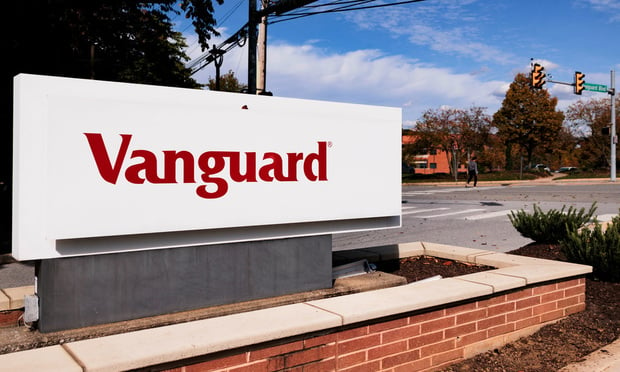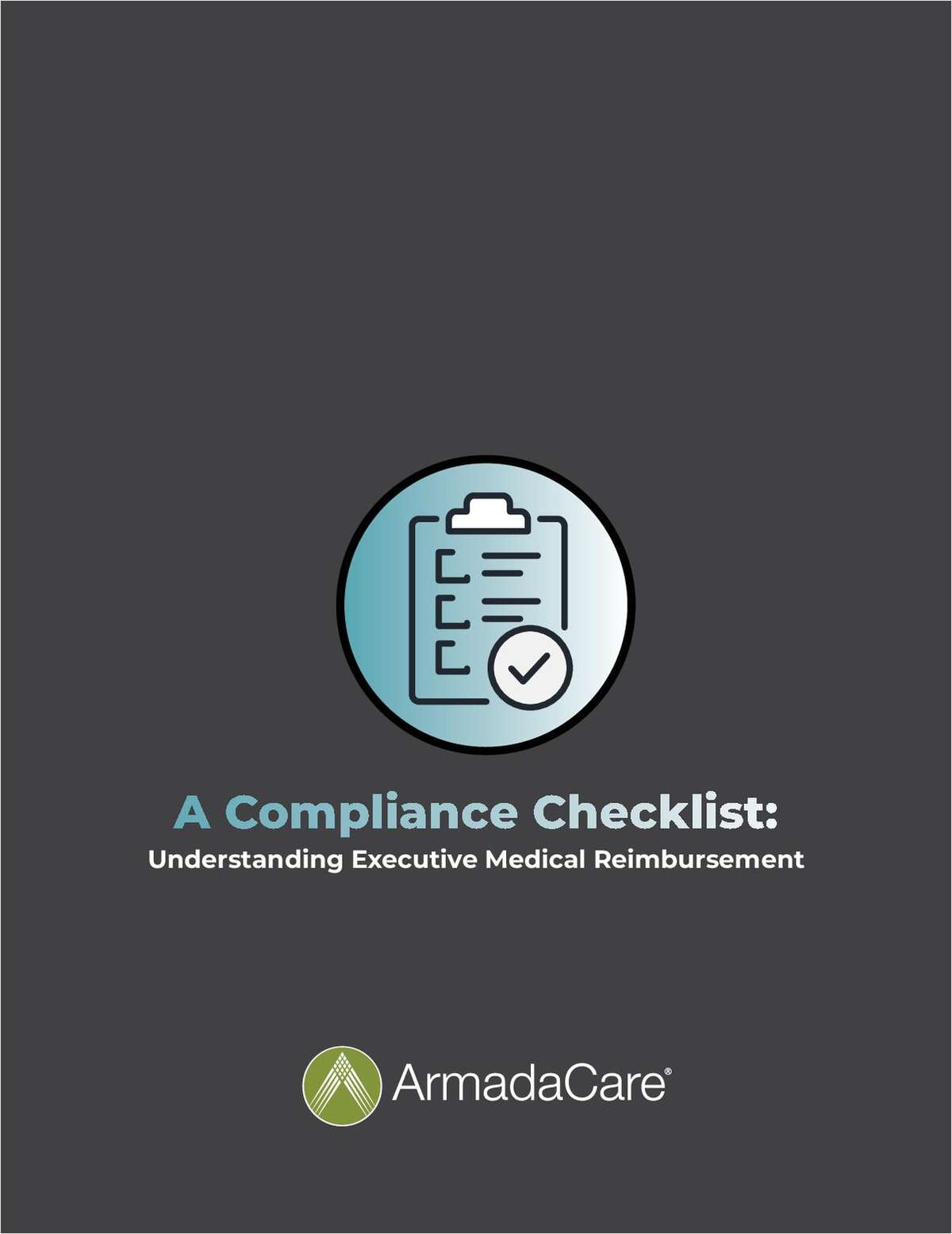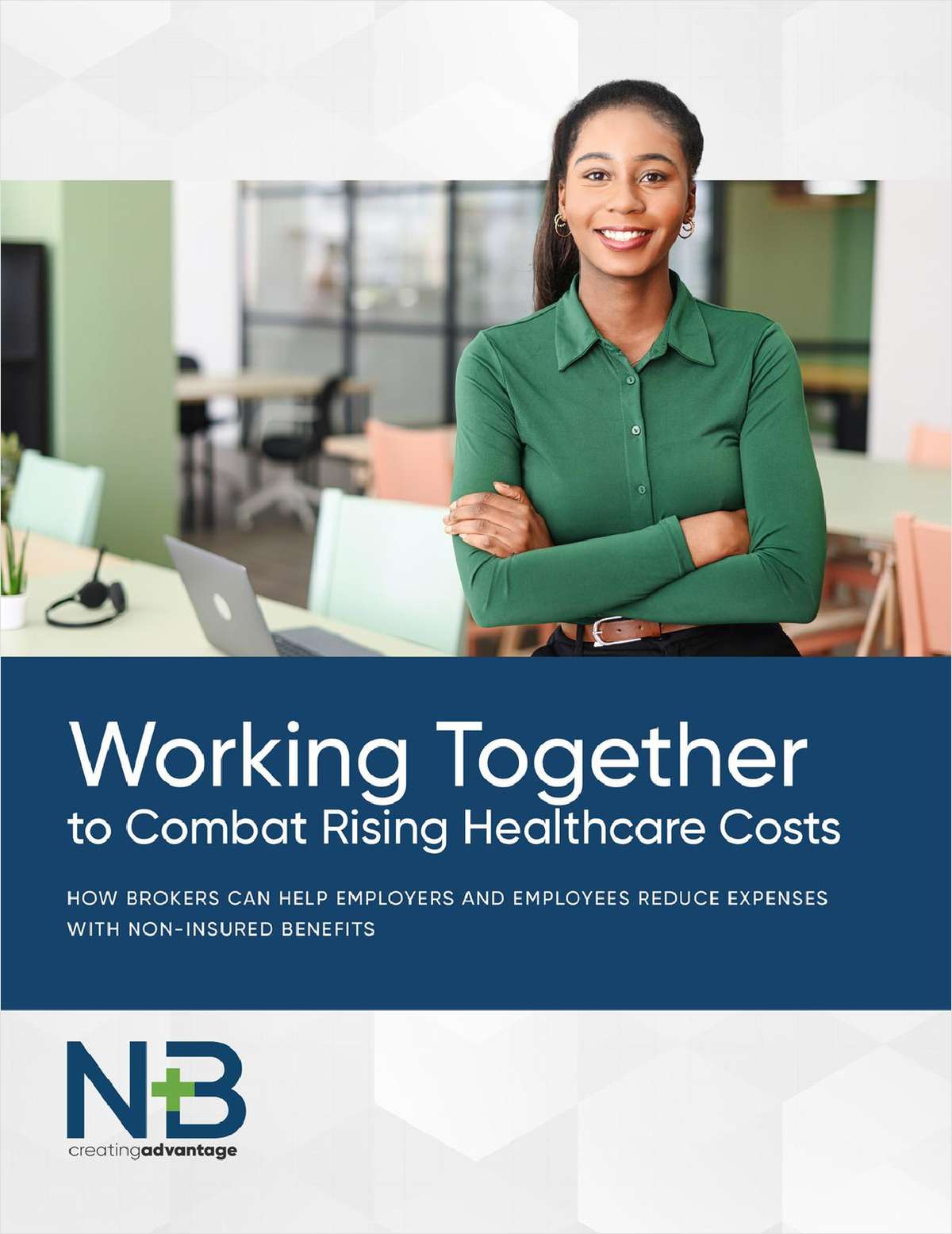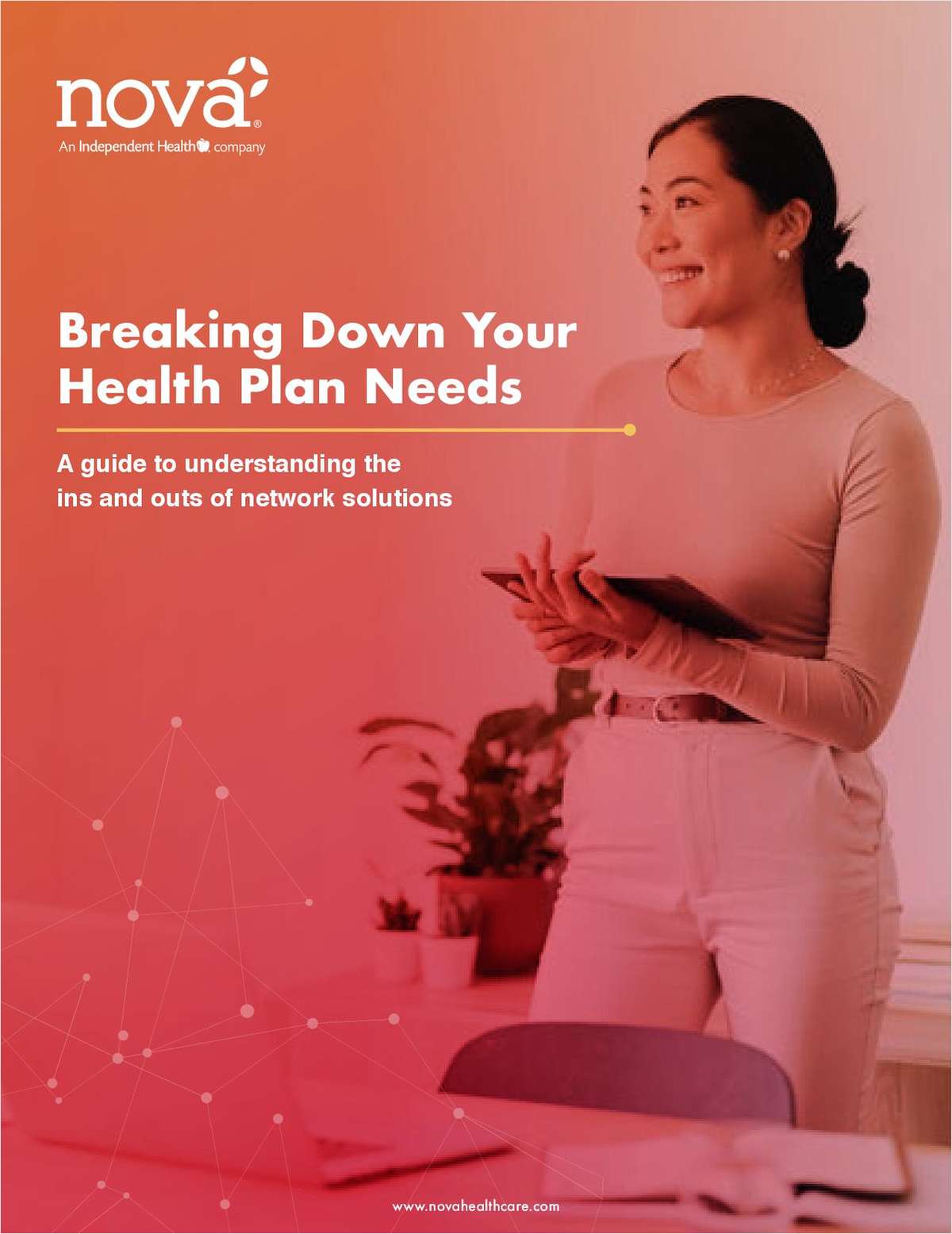The qualified default investment safe harbor the Department of Labor created in 2007 could be a safer one, according to the Government Accountability Office.
Regulatory and liability uncertainty in the safe harbor could be leading some plan sponsors to make suboptimal selections from the three qualified default investment alternative options laid in the DOL's safe harbor, according to a new report from the GAO.
Eight years after parameters were set for which products sponsors could default plan participants into after automatically enrolling them, target date funds have aggregated upwards of one trillion dollars of retirement savings, according to some estimates.
Complete your profile to continue reading and get FREE access to BenefitsPRO, part of your ALM digital membership.
Your access to unlimited BenefitsPRO content isn’t changing.
Once you are an ALM digital member, you’ll receive:
- Breaking benefits news and analysis, on-site and via our newsletters and custom alerts
- Educational webcasts, white papers, and ebooks from industry thought leaders
- Critical converage of the property casualty insurance and financial advisory markets on our other ALM sites, PropertyCasualty360 and ThinkAdvisor
Already have an account? Sign In Now
© 2025 ALM Global, LLC, All Rights Reserved. Request academic re-use from www.copyright.com. All other uses, submit a request to [email protected]. For more information visit Asset & Logo Licensing.


